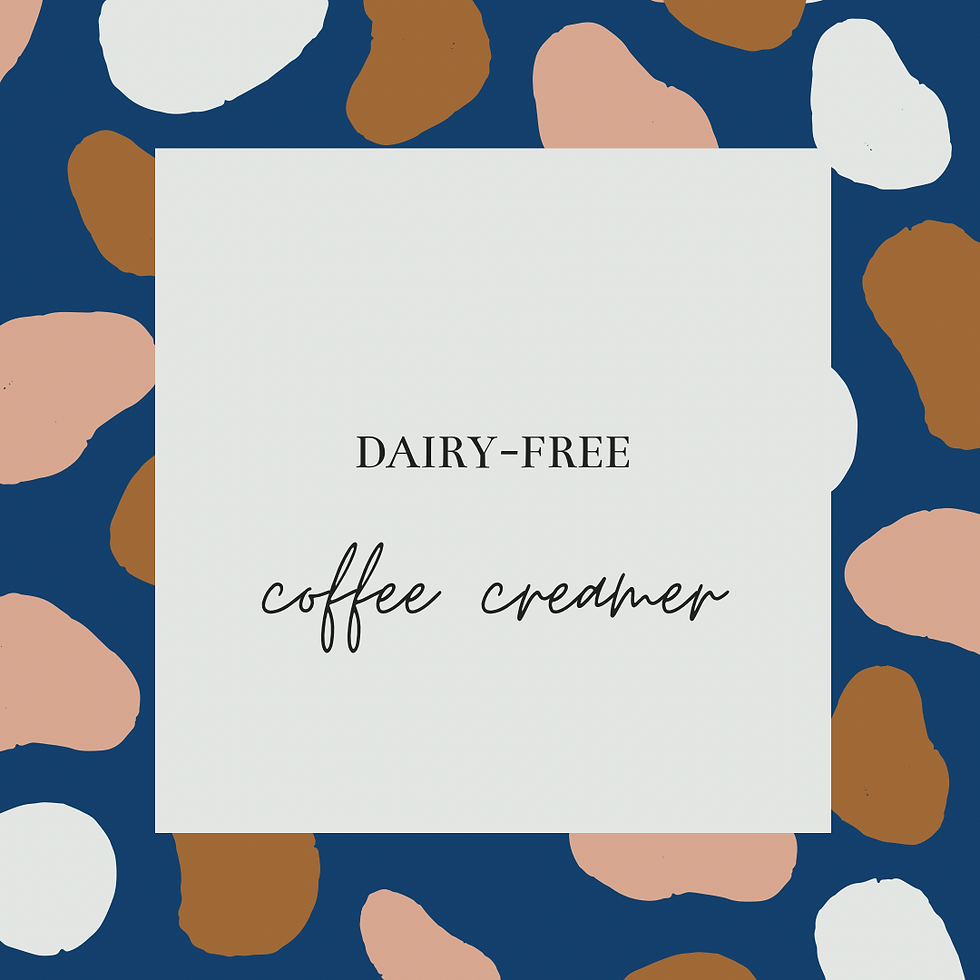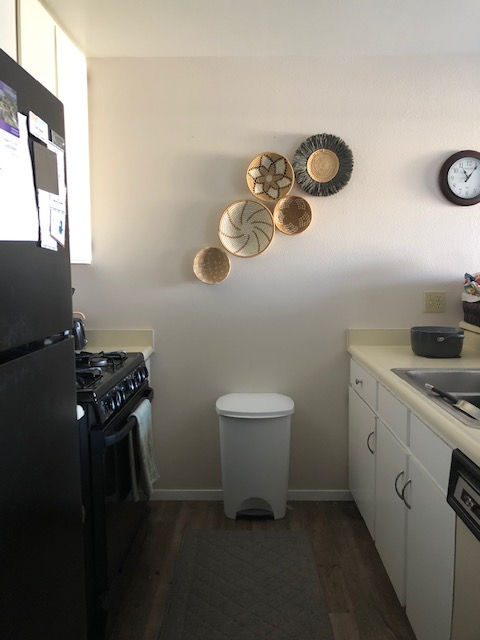Fancy Mud, a Plastic Fork, and Paint (We're Talkin' Texture Art!)
- amanda brow

- Jan 2, 2021
- 3 min read

Okay, so listen. I’m obsessed with the instagram account @apartmenttherapy. I could spend hours scrolling through this account, clicking through gorgeous sun-soaked pictures of uniquely styled homes. My newest love is Megan’s Mystery Makeover, where DIYers all over the place are sent a mystery item they have to DIY into something else.
I mean. This is the dream.
On the last episode (episode?? Is it called an episode on the gram?? Millennials, school me), Amanda from @dwellaware taught us this amazing trick using joint compound to make texture art, and I knew I had to try it.
What’s joint compound, you say?? What’s texture art?? It will be my absolute pleasure to clue you in.
DIY Texture Art
What You Need:
First things first, you’ll need to take a trip to the nearest Home Depot, or other similar store that makes me equally anxious and scattered (everybody always seems to know what they’re doing in there, and like maybe they’re building a house or something terrifying like that). If you have similar experiences in stores that sell bricks and motorized sharp things, it might be a good idea to look up your items on their website (sometimes they’ll give you a direct location of each thing so you don’t have to spend more time wandering around the aisles with big deer-in-the-headlight eyes).
After about ten minutes of wandering and refusing to stop someone and ask for help, as I do, I found the joint compound in a back corner with concrete and big rocks. Go figure.
Next, scope out the wood situation. I went with a few 4x4 pieces that were pre-cut. Easy peasy.

If you need paint, swing by and grab some furniture paint (I used this) and a brush. And a drop cloth if you make a mess and don’t have anything else to lay down. Lastly, you’ll need what I’m told is called a hammer-end joint knife, but what I referred to throughout this entire project as a spatula. Somebody get me out of Home Depot now, please. Obviously I do not belong here.
Spread the Joint Compound
If you are a mess-maker, now is when you will spread your drop cloth or equally mess-resistant carpet-protector. My poison of choice, if you must know, is scrap cardboard. Lay out your wood piece(s) and get comfy. We're going to be here a while.
Did you love playing in mud as a kid?? You’ll love this. Here’s what you’re going to do: dip your joint-knife (spatula) into the bucket of joint compound, carve out a healthy serving, and plop it on your wood slab. Spread it around. That’s it for this step.

Real quick note: if you’re the kind of person who’s going to want it to be completely smooth and look like a canvas, I feel you. I understand your pain. But just like I did, you’re going to need to let that go now. Imperfections give it character! It’s fun! Go with it!
Also, of course, thinner layers will dry more quickly, and thicker layers get goopy real fast, so try to aim for somewhere in the middle. To make everything look a little more clean, make sure you get a layer on the edges of your wood piece, too.
Get Your Fork On!!
Once the fancy mud is spread pretty evenly and not at all smoothly, you can get out your plastic fork. This is what we’ll use to make the design. If you're having trouble coming up with a pattern you want to go with, research simple modern geometric designs on Google Images and Pinterest. And then, just go for it! You can always spread more goop on and try again. It's a muddy Etch-a-sketch!

Wait. Then Paint!
I waited overnight to let everybody dry before I started painting, but you can get the paint out as soon as your piece is dry!
And there you have it: a beautiful, easy, DIY piece that looks expensive and exciting but is really just fancy mud, a plastic fork, and paint. Your secret's safe with me.




Comentarios